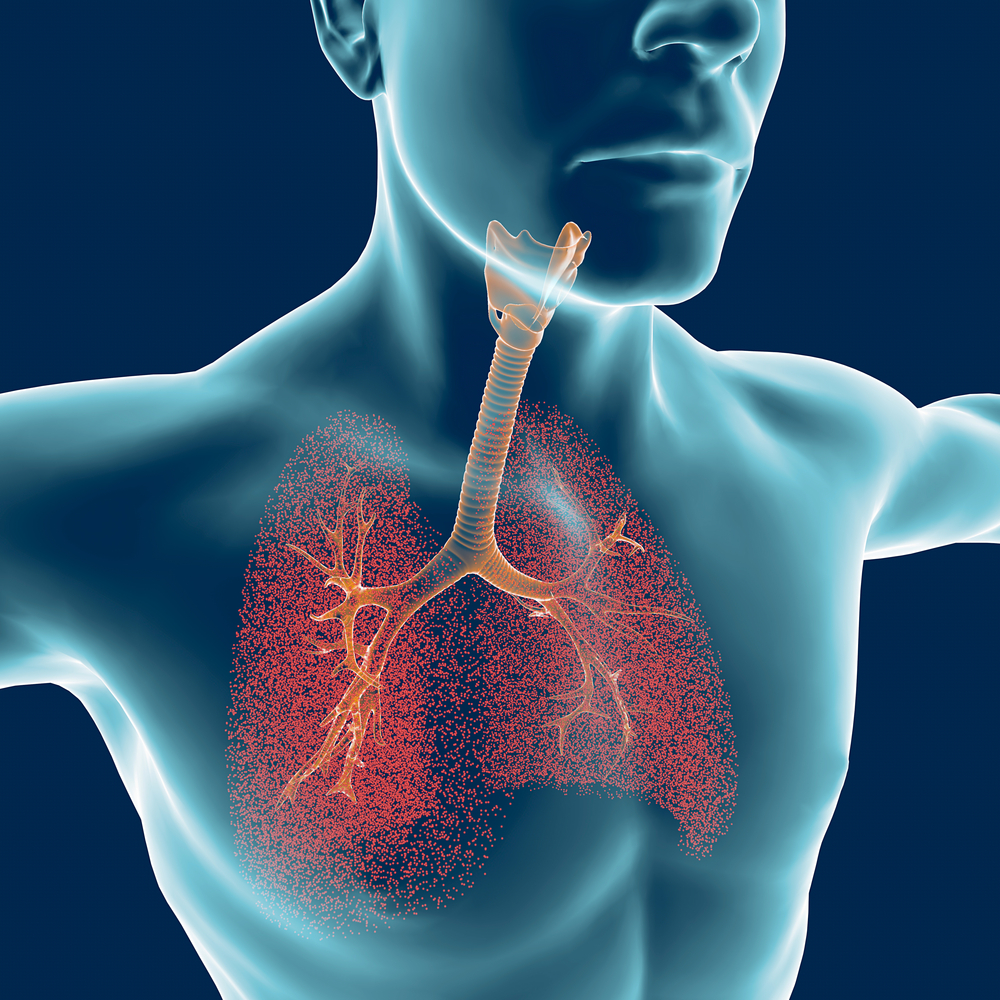Common Lung Infections May Trigger PAH in People with At-risk Mutations, Rat Study Finds

Lung inflammation caused by a seemingly treatable and common infection may drive the onset of pulmonary arterial hypertension (PAH) in people who carry genetic risk factors for the disease.
A simple viral infection — such as a bad flu — was able to trigger PAH development in rats with a mutation in the Bmpr2 gene, a known genetic risk factor for PAH, Stanford researchers report.
“It’s a kind of one-two punch [mechanism]. Basically, the first hit is the mutation, and the second hit is inflammation in the arteries of the lungs. You can be healthy and carrying this mutation, and all of the sudden you get a bacterial or viral infection, and it leads to this terrible disease,” Amy Tian, PhD, senior research scientist in pulmonary and critical care at Stanford University School of Medicine and lead study author, said in a news release written by Tracie White.
This finding was reported in the study, “Phenotypically-Silent Bone Morphogenetic Protein Receptor 2 (Bmpr2) Mutations Predispose Rats to Inflammation-Induced Pulmonary Arterial Hypertension by Enhancing The Risk for Neointimal Transformation,” published in the journal Circulation.
PAH, a multifactorial disease, develops for reasons difficult to pinpoint in many people. Still, about 20% of patients have familial PAH, a heritable disease form caused by genetic mutations.
Mutations in the bone morphogenetic protein receptor type 2 (BMPR2) gene, which helps to control the growth and survival of cells forming the small blood vessels of the lungs, are major risk factors for familial PAH.
About 20% of those carrying these mutations are expected to develop PAH at some point in their lives, while the remaining 80% are unlikely to ever show signs of the disease. These estimates support the involvement of other factors, either genetic, environmental or a combination of both, in the onset of PAH.
Based on data from previous studies, Stanford researchers hypothesized that lung inflammation triggered by an infection could be one of the environmental factors promoting its onset in individuals with BMPR2 mutations.
To test this theory, they triggered temporary lung inflammation — mimicking the effects of a severe flu or bacterial infection in people — in rats carrying one mutated copy of Bmpr2 gene (the rat equivalent of the human BMPR2 gene) by forcing the overproduction of an enzyme called 5-lipoxygenase (5-LO).
Once lung infection was induced, the rats quickly developed PAH. But when researchers performed the same procedure in rats without a Bmpr2 mutation, none of the animals did so.
“Asthma, a bad flu, temporary types of lung injury from bacterial or virus infections — all can be 5LO-mediated,” Tian said. “This type of inflammation normally has a pretty short life span. But in these rats, even after the injected virus died, the damage to the endothelial cells in the lining of the blood vessels continued. The cells become the bad player, and they continued to proliferate [and sustain] the inflammation.”
Animals with mutated Bmpr2 but otherwise left alone — never exposed to any type of lung inflammation — were also monitored for a year; these animals also never developed PAH.
“This study offers one explanation of how an environmental injury unleashes the destructive potential of an otherwise-silent genetic mutation,” the researchers concluded, and highlights the importance of minimizing exposure to potential sources of lung inflammation in people genetically predisposed to PAH.







